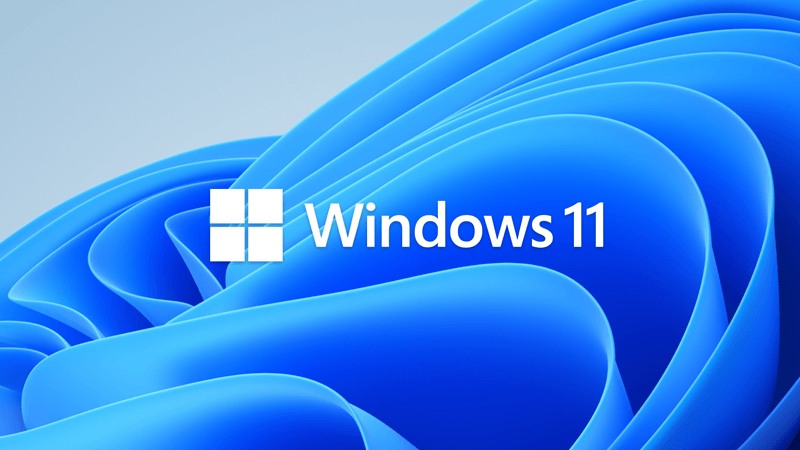Ben Myers:
Thanks for contributing to this thread! I had seen the ASUS page you referenced and explored all the topics listed to no avail. I will keep plugging along until I figure it out. I don't have an immediate need for this computer so I can take my time and enjoy the learning experience
Thanks for contributing to this thread! I had seen the ASUS page you referenced and explored all the topics listed to no avail. I will keep plugging along until I figure it out. I don't have an immediate need for this computer so I can take my time and enjoy the learning experience
My Computer
System One
-
- OS
- Windows 11
- Computer type
- PC/Desktop
- Manufacturer/Model
- Dell Optiplex 790
- CPU
- Intel i5-2400 @ 3.10GHz
- Motherboard
- Dell 0D28YY
- Memory
- 8.00 GB
- Graphics Card(s)
- ATI Mobility Radeon HD 4500
- Other Info
- Dual boot with Windows 10








